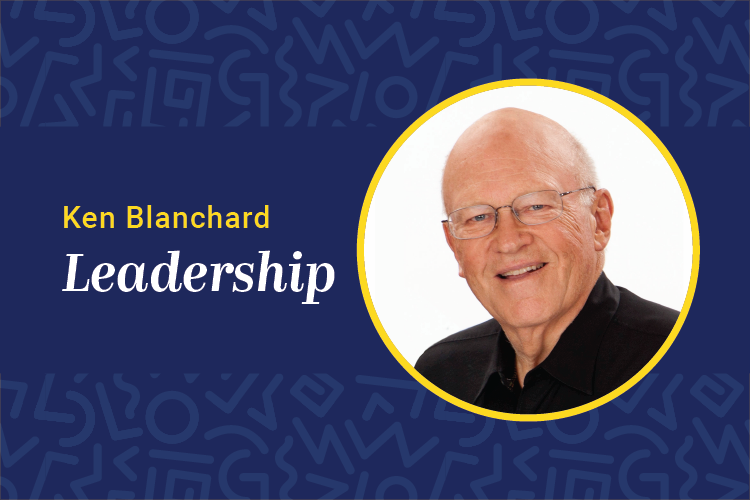One of the consequences of the COVID-19 pandemic was the Great Resignation, when millions of people voluntarily left their jobs. As of spring 2023, workforce participation is rebounding and people are returning to the workplace — many of them in different jobs than before.
A couple of new trends have emerged: Quiet quitting, where employees essentially “quit and stay,” and bare minimum mondays, where employees do just enough to get by on the first day of the work week.
These trends are natural reactions to stress and burnout. The question is: What can leaders do to create a workplace that engages people and contributes to their well-being, rather than stressing them and burning them out? Here are three ways that leaders can energize and engage their people.
Create a motivating environment
Creating a place where people want to work requires understanding the factors that drive people’s behavior. In other words, what really motivates people?
Mid-level managers have more impact on employee engagement than they realize. Scott Blanchard and Drea Zigarmi conducted a year-long study on what kind of leadership had the greatest impact on employee passion. They found that while strategic leadership — for example, establishing a compelling vision and direction for the organization — is important, it is operational leadership — the things managers do day-to-day — that really drives employee work passion.
What gets people fired up about their work and makes them want to stay? According to a survey Blanchard conducted with 800 Training magazine readers, five key factors influence an employee’s intentions to stay with an organization: autonomy, meaningful work, feedback, workload balance and task variety. Leaders can create a motivating environment by providing support in these key areas. Here’s how:
Autonomy. Once people are trained, give them the freedom to make decisions and assume responsibility for reaching agreed-upon objectives.
Meaningful work. Encourage people to discover and work on projects they find fulfilling and valuable. Help people connect their work to the organization’s overall vision.
Feedback. Catch people doing things right, or even approximately right. Feedback on results is a major motivator, which is why I call feedback the breakfast of champions!
Workload balance. Communicate regularly with your people to set priorities, reduce non-essential projects and eliminate unnecessary tasks.
Task variety. Nobody wants to do the same job over and over. Encourage people to seek out a variety of tasks that will support departmental or organizational goals.
Help people learn and acquire new skills
Bored employees are unmotivated employees, which is why the best organizations foster a learning culture that provides people with opportunities to sharpen their minds and skills.
I often say that with every pair of hands you hire, you get a free brain. Unfortunately, many organizations operate as if this were not true. It’s as if they have an unwritten rule that says, “Check your brains at the door when you show up for the day. They will be returned to you when you leave.” This is a tragic waste of human potential.
Whether it’s classroom training, seminars, one-on-one training, coaching or virtual training, some form of structured learning and development is essential to energize your people. There’s no excuse for skipping this step. With the advent of digital L&D, even the smallest organizations can provide skill-building opportunities for their people.
It’s also important to give people time for training. At Blanchard, we’ve recently started something called the Empower Hour, where employees are encouraged to spend time advancing their skills.
Give people opportunities to develop
Providing people with opportunities to grow beyond their current roles is not only a great way to keep them engaged — it’s a way to keep them, period! When employees know their employer is willing to invest in their growth, they are less likely to leave the organization. Preparing the next generation of leaders also builds organizational bench strength — talent that can take over when others step down.
Leaders need to cultivate a people development mindset. That means letting people use their creativity and brain power to expand their roles and influence the organization. A great example is my friend Colleen Barrett, president emerita of Southwest Airlines. Colleen began as the executive assistant of Southwest’s late founder, Herb Kelleher. When he saw Colleen’s passion for the people of Southwest and the practicality of her innovative ideas, Herb wisely promoted her.
At our company, we support employee development by encouraging people to create career development plans with their managers. These career development conversations may involve stretch projects — assignments or tasks that are beyond the employee’s current level of knowledge or skill. With proper direction and support, stretch projects can be a win-win: The employee gains experience and the organization gets a vital need met.
It’s exciting to watch people grow professionally. Once you get in the habit of supporting people’s development, don’t be surprised if you catch a case of work passion yourself!















